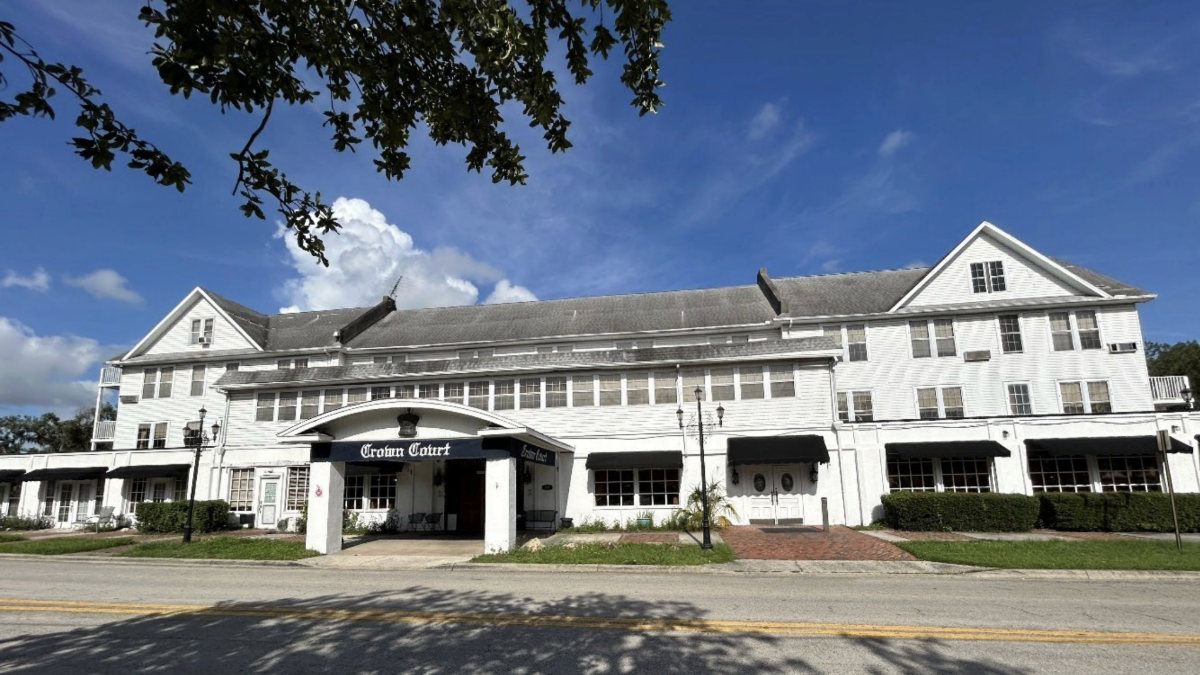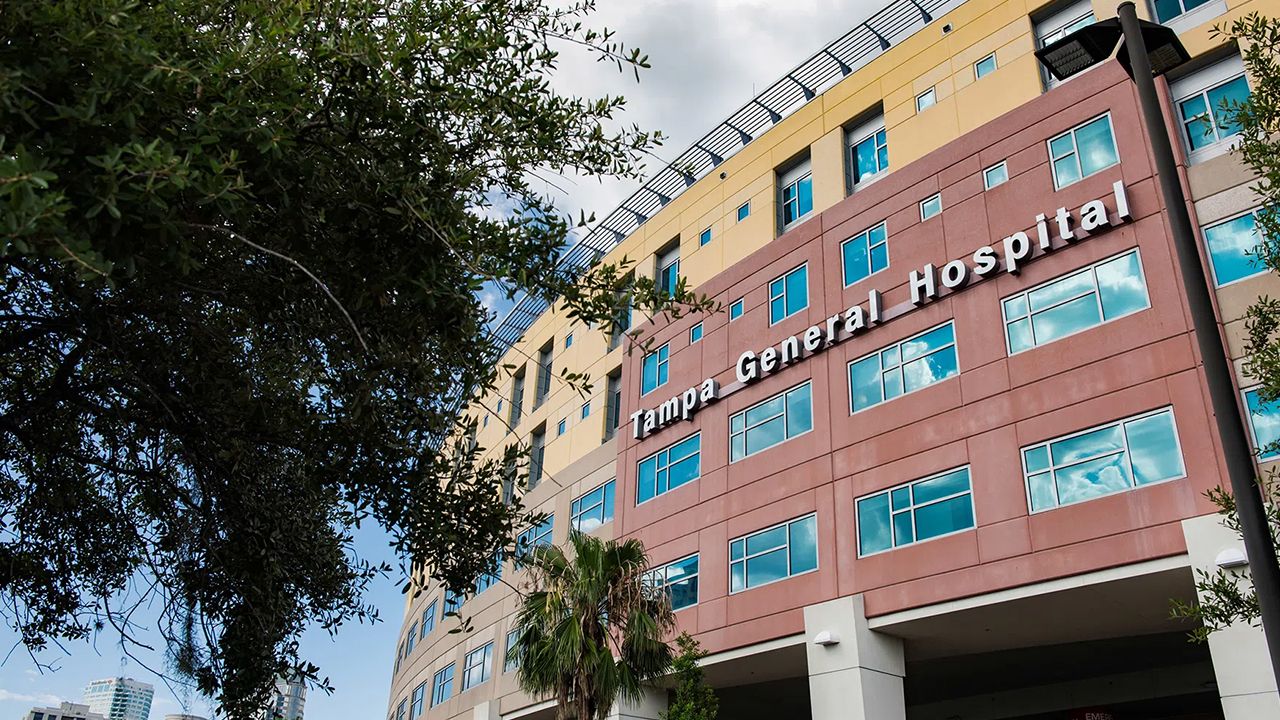The University of South Florida’s Morsani College of Medicine and Heart Institute is hard to miss now that it stretches 13 stories tall on Water Street in Tampa.
With elevated views of downtown, Tampa Bay and the channel district, and the modern sleek exterior, it might be hard to believe this will be a college of medicine.
Opening later this year, the USF Health Morsani College of Medicine and Heart Institute is another major milestone for the university, the downtown district, cardiovascular research and future medical students.

Touring the building with Charles Lockwood, senior vice president of USF Health and dean of USF Health Morsani College of Medicine, is like watching a child visit Disney World for the first time. Around every corner he sees something new that he hasn’t seen before. The excitement from the team working on the project is palpable.
ORGANIZED INNOVATION
Hands-on learning was top-of-mind for designers in every lab and classroom space.
The offices for researchers and physicians, and the hallways and common areas, were designed to encourage interaction.
“We’re recruiting people with specific areas that we know will have both commercial, public health and clinical applications, and then boundary-breaking collaborations,” Lockwood says. “That’s what this is all about. Getting engineers, physicians, scientists and everyone interacting with each other and solving problems.”
New USF president Steven Currall has used the phrases “orchestrated commercialization” and “organized innovation” to describe the intent of the school—concepts Lockwood said went into the original building plans.
“We’re constantly thinking about how to get patents and licensing fees, because if you make a great discovery, that’s great, but unless you can actually produce a commercial product to develop a drug, a new diagnostic test or a device, it’s useless,” Lockwood says. “Even before we knew who was going to be our new president, we read his book and we were kind of thinking along exactly the same lines.”
Since the announcement of the $173 million project, applications and funding for the school has gone up.
When the project was first announced, Morsani College of Medicine applications increased by more than 56 percent, Lockwood says.
“Over the course of just the last four years, I’ve recruited 40 National Institutes of Health-funded investigators to join us, and over the next decade, we’re going to try to recruit another 100. Those researchers will, hopefully, propel this school into the top echelons of American medical schools, which I think we’re headed for. For every $1 of NIH funding we bring to Tampa, we generate $2.60 in local economic activity,” Lockwood says.

Construction firm Skanska has worked alongside planners at USF throughout the process to ensure the building would be optimal for incoming students and staff.
“One of the things we’ve learned in the research is that when you get the researchers out of their offices, or out of their labs, and running into one another, the ideas come,” says Steve Lafferty, director of design and construction at USF.
Every space in the building was designed to be versatile.
“One day, the space might be used for practicing surgery preparation. Another day, it might be used for code training or diagnosing arrhythmia. You’ll be able to create all these workstations,” Lockwood says. “One of the things that we’re moving to is competency-based education, meaning students don’t get promoted until they prove they are competent in different areas.”
A 400-person auditorium was built to accommodate all students at once for events such as orientation and guest speakers, or it can be separated as two 200-person lecture halls.
“What is so cool to me as an architect, is that the College of Medicine has actually rewritten their curriculum to take advantage of the things that are in this building,” Lafferty says. “So instead of sitting the students in a lecture for 60 minutes, they’re adapting that lecture to a 20-minute lecture. And then you go from a lecture to a medium-sized space where it may be a smaller group, and then into this experiential learning lab. ”
While the technology and amenities might be what draws students to the school, the bones of the building are as impressive as the educational facilities.
The auditorium has four transfer beams that span the space, holding up the 13 stories above it. Each beam is 6 feet wide and 88 feet long and contains 56 tons of reinforcing steel. Collectively, these beams weigh more than 1 million pounds.
Location is another huge win for USF, downtown Tampa and Tampa General Hospital.
Tampa General, USF Health’s primary teaching hospital, will have a large presence in the building. It will lease 25,000 square feet of space for 25 years and will pay $20 million to do so. There will be an urgent care center on the first floor of the building, and the hospital will occupy space on the ninth and 12th floors as well. ♦













